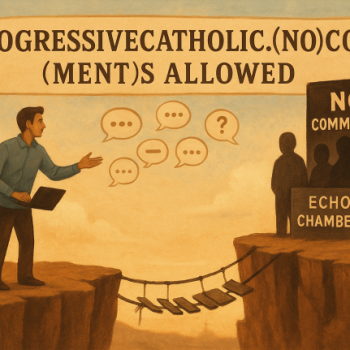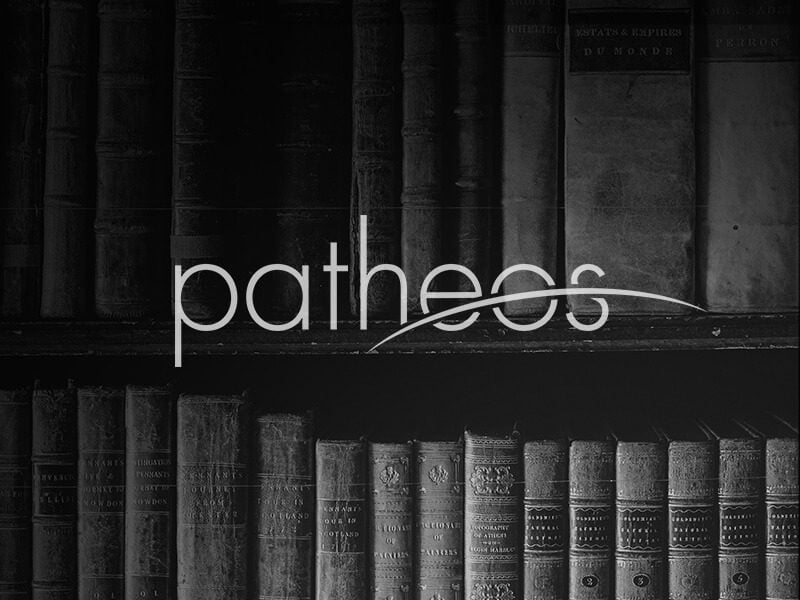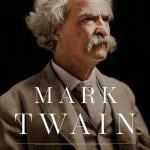GODSTUFF:
THE RUNNING RINPOCHE:
FULLY PRESENT, NOT UNLIKE THE WIND IN CHICAGO
Big runner, the lama — long.
“It’s a matter of staying calm, not overreacting,” Sakyong Mipham Rinpoche, a 42-year-old Tibetan Buddhist lama, was telling me earlier this week, by way of describing his strategy for finishing the last, grueling seven or eight miles of the Chicago Marathon that he’s in town to run on Sunday.
This weekend’s marathon will be the eighth for the boyish-looking, Indian-born lama from Boulder, Colo. The Sakyong (pronounced “SACK-YOUNG”), as he is known, is by all accounts a pretty strong runner. He usually finishes in the top 10 percent of runners, in recent years placing 2,574th out of 17,549 runners in the Boston Marathon and 2,336th out of 38,856 runners in the New York marathon.
“Toward the end, it’s definitely more mental,” the Sakyong said. “One of the main things in meditation is the quality of not-too-tight, not-too-loose, not overdoing it or under-doing it — that balance. And I think running is very much that way. You can’t overdo it, but you can’t under-do it, either.
“I think that the marathon is also about a lot of strategy. You go slow in the beginning even though [you] may want to go faster, and then toward the end, you make yourself overanxious and the mind thoughts start to drift a lot . . . because you’re more tired,” the lama said, perhaps not just talking about running an actual marathon anymore.
The Sakyong is a lama, another word for “spiritual teacher.” He is not a monk, although he spent a number of years both as a child and as a young man studying in a monastery. In fact, the Sakyong, whose name means “earth protector” and is believed to be the reincarnation of Mipham the Great — a lama who died in 1912 and who was himself believed to be an incarnation of the Buddha of wisdom — recently got married.
“I’m not a monk and I was never expected to be a monk,” said the Sakyong, who began his religious training at age 4 in India. “I was expected to marry.”
The lama, who comes from a long line of influential Tibetan Buddhist lamas, including his father, Chogyam Trungpa Rinpoche, who was instrumental in establishing Buddhism in the West, is the leader of Shambhala Buddhism, a global network of meditation and retreat centers.
A lifelong athlete, the Sakyong says he ran his first marathon seven months after he first started running, about four years ago.
I find that astounding. As someone who doesn’t run — pretty much ever, even when chased — I’m amazed by people who can run 26 miles in a few hours. Twenty-six miles in a year seems daunting to a couch potato like myself. I remember watching Oprah Winfrey run the marathon a few years back and thinking, “You go girl. You’re nuts, but good for you.”
Like the Oprah, the Sakyong says he first decided to run a marathon just to see if he could do it. Clearly I was not born with the see-if-I-can-do-it gene. I’m convinced that I can be a complete, successful human being without proving my physical fortitude by running a marathon, hurling myself out of a plane, or, say, enduring 36 hours of natural childbirth. I’ll have the drugs, thank you.
But for some folks blessed with that peculiar gene, running a marathon is a benchmark of nearly mythic significance, a checkmark on life’s to-do list, along with “learn to juggle knives” and “climb Kilimanjaro.”
Seven marathons hence, enlightened being that he is, the Sakyong says he now runs marathons for the good that can come of it — not for himself, but for others.
This weekend he’ll run to benefit the Konchok Foundation, an organization that is rebuilding the Surmang Shendra, a monastery in one of the most impoverished areas of Tibet that was destroyed in the 1950s.
The Sakyong realizes he is something of an oddity to most people. “They call me ‘The Running Rinpoche,'” he said, laughing. “In Tibet, in terms of spiritual teachers, many of the yogis were very physical. There were ones who actually ran and there were ones who did all kinds of difficult physical things. From that point of view, this is not unusual.
“I think what’s happened here is that spirituality has been sort of cornered into being very calm and doing only certain things, or relating to only a certain aspect of society,” the lama continued, as I wondered aloud if that mindset might have something to do with the mind-body dualism so prevalent in Western religion.
“Definitely, separating it into what is spiritual and what is secular,” the Sakyong said. “I find in my own culture that was never really an issue. Over here in the West is where you ask those kinds of questions.”
So for the lama, running a marathon — whether for charity or not — is inherently spiritual because everything is spiritual.
Does he have any advice for his fellow runners?
“Just be present,” the lama said. “It’s so easy in a big race to get distracted. There’s so much going on. You get involved in the whole energy and that’s what happens when people tire themselves and run out of energy at the end. So, sort of know yourself and who you are.”
Sage advice that, whether you’re a runner or a couch potato.
So, did Mipham the Great run?
“No, but he wrote about running,” the Sakyong said, laughing again. “He said there is a kind of practice of running where you work with your channels inside, with your wind, how you breathe.”
Well with that in mind, here’s hoping that all the marathoners this weekend run like the wind.
I’ll be cheering you on from my couch, fully present and trying to be myself.
Copyright © The Sun-Times Newsgroup















